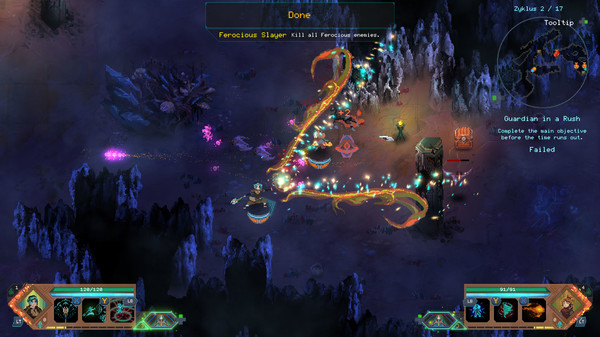

Spending 1 hour in a coal mine (black lung disease).Smoking 1.4 cigarettes (cancer, heart disease).Drinking 0.5 liter of wine (cirrhosis of the liver).Ron Howard included such risks in his original 1979 work, for example an additional one micromort from: Risks from lifestyle, exposure to air pollution, and so on are chronic risks, in that they do not kill straight away, but reduce life expectancy. Micromorts are best used to measure the size of acute risks, i.e. The US Department of Transportation uses a VSL of US$6.2 million, pricing a micromort at US$6.20. Since road improvements have the effect of lowering the risk of large numbers of people by a small amount, the UK Department for Transport essentially prices a reduction of 1 micromort at £1.60. For example, in the UK the VSL stands at £1.6 million for road improvements.

Government agencies use a nominal Value of a Statistical Life (VSL) – or Value for Preventing a Fatality (VPF) – to evaluate the cost-effectiveness of expenditure on safeguards. This means that analyzing risk using the micromort is more useful when using small risks, not necessarily large ones. Rather, people are less inclined to spend money after a certain point to increase their safety. This is not to say the $50 valuation should be taken to mean that a human life (1 million micromorts) is valued at $50,000,000. However, when looking at their day-to-day actions (e.g., how much they are willing to pay for safety features on cars), a typical value for a micromort is around $50 (in 2009). When offered this situation, people claim a high number. For example, a person can consider the amount of money they would be willing to pay to avoid a one-in-a-million chance of death (or conversely, the amount of money they would receive to accept a one-in-a-million chance of death). Value of a micromort Willingness to pay Īn application of micromorts is measuring the value that humans place on risk.



 0 kommentar(er)
0 kommentar(er)
